Tearful Ariana Grande Admitted She Had “a TON of Filler and Botox” Over the Years and Explained Why She Stopped

The Moon. Our little companion. Our only friend in the big, dark, cold space. It’s not surprising that any events related to it, like solar or lunar eclipses, excite us. But how about... the black Moon? The blue Moon? A supermoon? Have you ever heard of them?
Well, let me tell you about it and how you can observe them. Let’s get your calendars ready. The distance between the Earth and the Moon is 238,900 miles. Feels not so far, doesn’t it? But trust me — most people GREATLY underestimate this distance! Did you know that every planet in the Solar System, including Jupiter and Saturn, would fit between the Moon and us? I couldn’t believe it myself!
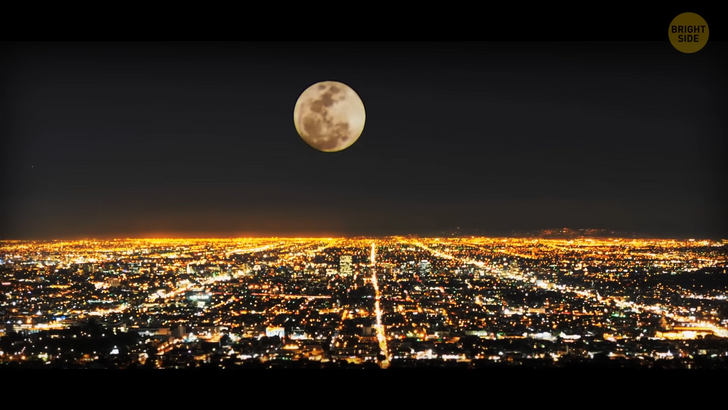
The Moon is tidally locked to the Earth. That’s why it’s always turned to us with only one side. There are a few phases in a lunar cycle. The new Moon is the first phase. The Sun illuminates the unseen side of our satellite, so we can’t see the Moon. It’s almost invisible in the sky. The rising Moon is the gradual growth of the light part. The Full Moon is the phase during which the Sun completely illuminates the visible side. The descending Moon is a gradual waning of the light part. And finally, another new moon. And the whole cycle starts again. There are 29.5 days in a lunar cycle, so it takes around a month if we’re not talking about February. But why am I telling you all this?
So you can better understand “Black Moon”. A rare astronomical event that happens once every 29 months, or 2.5 years. This term doesn’t exist in astronomy, as it was made up by astrologers. It’s unofficial and has several meanings. “Black moon” may mean the second new Moon in a month. Usually, there’s only one new Moon per month, so having two is a rare phenomenon. It’s caused by a slight discrepancy between the lunar cycle and the Earth’s annual one. Something like leap years. “Black moon” can also mean something else. For example, usually, there are only 3 new moons per 1 season. Basically, one new Moon every 30 days. However, if there are 4, the “black moon” means the third one. There are also some less popular meanings.
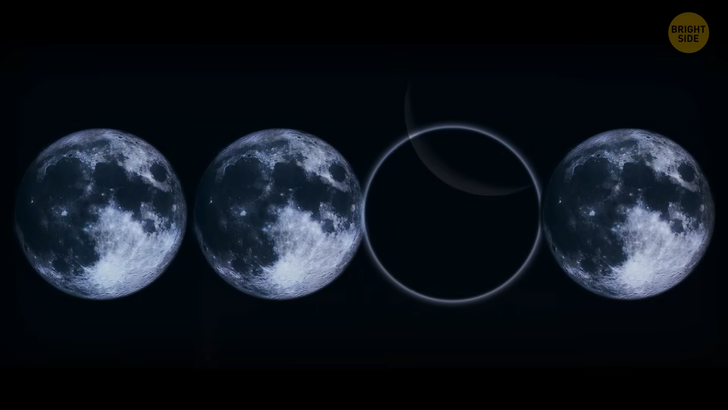
For example, that’s what people call February without a new or full moon — this happens about once every 19 years. But what’s so special about it? The satellite is wholly hidden in the sky during a regular new moon. But during a black moon, you’ll be able to see its dark silhouette. You’ll have to choose a good place without city lights. If you live in a big city, you’ll hardly be able to see it without a telescope.
Also, since the sky turns black during this phenomenon, you’ll be able to see different constellations that were hidden before, as well as Jupiter and Venus. The last time this happened was on April 30, 2022. You could observe it in most parts of the United States. Except for the areas of Pacific, Alaska or Hawaiian time. Aloha! Yeah, unfortunately, if this is the first time you hear about the black Moon, you’ve already missed it. Now you’ll have to wait another 2.5 years — the next Black Moon will happen in September 2024 by standard definition and May 19, 2023, by seasonal definition.
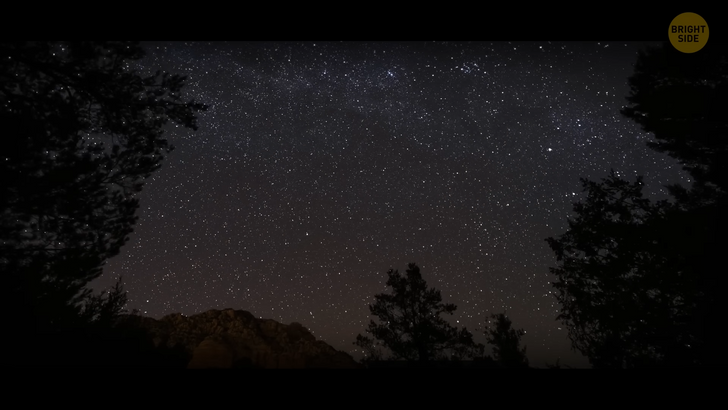
But don’t worry. You can always see another astronomical event... once upon a blue moon. I’m not mocking you. I’m being serious: you still can see the blue Moon. Well, not literally, of course — the Moon won’t turn blue... That’s just what astrologers call the second full Moon in a month. The black and blue moons are similar by definition, but they’re actually the opposites. If the black Moon is a rare second new moon in a month, the Blue Moon is a rare second full moon.
They also both happen every 29 months. Not so rare, right? Kind of ironic that this event was called the “blue moon”. Folklorist Philip Hiscock assumed that the calendrical meaning of the term “Blue Moon” was first invented by the Maine Farmers’ Almanac in 1937. Another interesting astronomical event is called the “supermoon”. Stock up on telescopes and look for some hills because you’ll see an exceptionally bright and large moon — like the one we only see in movies.
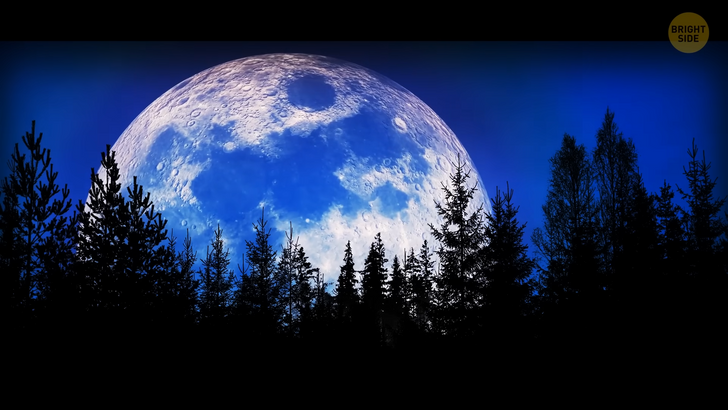
What exactly does a supermoon mean? You see, the Moon doesn’t revolve around the Earth in a circular orbit. Its orbit is elliptical. And the place where it’s closest to the Earth is called “perigee”. A supermoon is a phenomenon that occurs when the full Moon coincides with the perigee. Because of this, it seems to us especially large and bright. It looks 14% larger in diameter and 30% brighter than usual. By the way, this phenomenon is often confused with the so-called “moon illusion”.
During the “moon illusion”, the Moon is low above the horizon and visually appears larger in size. Of the 12 or 13 full moons in a year, 3 or 4 are supermoons. But most of them are not very significant. You probably won’t see a difference at all. The most interesting ones are the rare large supermoons. During them, the Moon actually becomes big. The last major supermoon occurred in 2016. Unfortunately, large-scale supermoons are rare and occur about once every 18 years. The next one will happen only in 2034. But we can observe smaller “supermoons” quite often. In 2022, they’ll take place on June 14 and July 16.
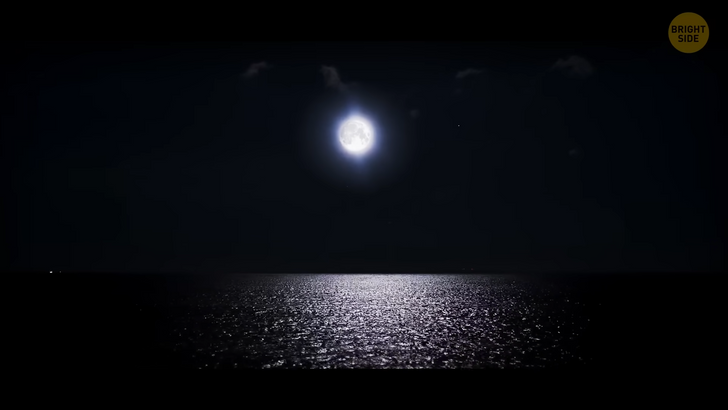
There is also an opposite phenomenon called the “micro moon”. You’ve probably already guessed what that means. It happens when the full Moon is at its farthest point from the Earth. This point is called “apogee”. The next micro Moon in 2022 will take place on June 29. In 2023, we will be able to observe it on January 7, February 5, and August 16. Of course, you don’t have to follow each of these events. Most people are more interested in lunar and solar eclipses.
A solar eclipse is a phenomenon where the Moon entirely or partially covers the Sun. A solar eclipse is possible only during the new Moon when the Moon itself is not visible. Many people believe that this event is incredibly rare, but this is not quite true.
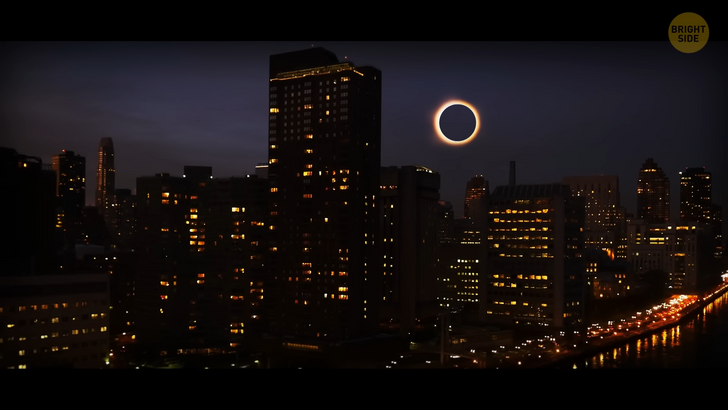
A lunar eclipse is a phenomenon in which the Moon is entirely or partially in the shadow cast by the Earth. The lunar eclipse can only happen during the full Moon when the proximity of the Moon is to the node of its orbit. If you guessed right — well done! If not, don’t worry. Many people confuse them. In 2022, a partial solar eclipse will occur on October 25. It will be visible in Europe, South and West Asia, North and East Africa, and the Atlantic. As I mentioned, a total solar eclipse is not as rare as many people think, but the problem is that it’s not always visible from any part of the planet. So if you want to see this event, be sure to look for their calendar and see from which parts of the Earth you’ll be able to see it. And don’t forget the special glasses!
Lunar eclipses occur much more often, though. Partial lunar eclipses happen almost every month. But the total lunar eclipse in 2022 will take place on the night of November 7th to 8th. You’ll be able to see it in almost all parts of the world except Africa. I hear that the zebras are not happy about this. The Moon is a genuinely fascinating satellite. You think, whatever, it’s just a small rock ball. But in reality, there are so many interesting events connected to it! What rare lunar events have you seen or want to see in your life? Have you observed any rare and interesting astronomical events? Be sure to share in the comments.











